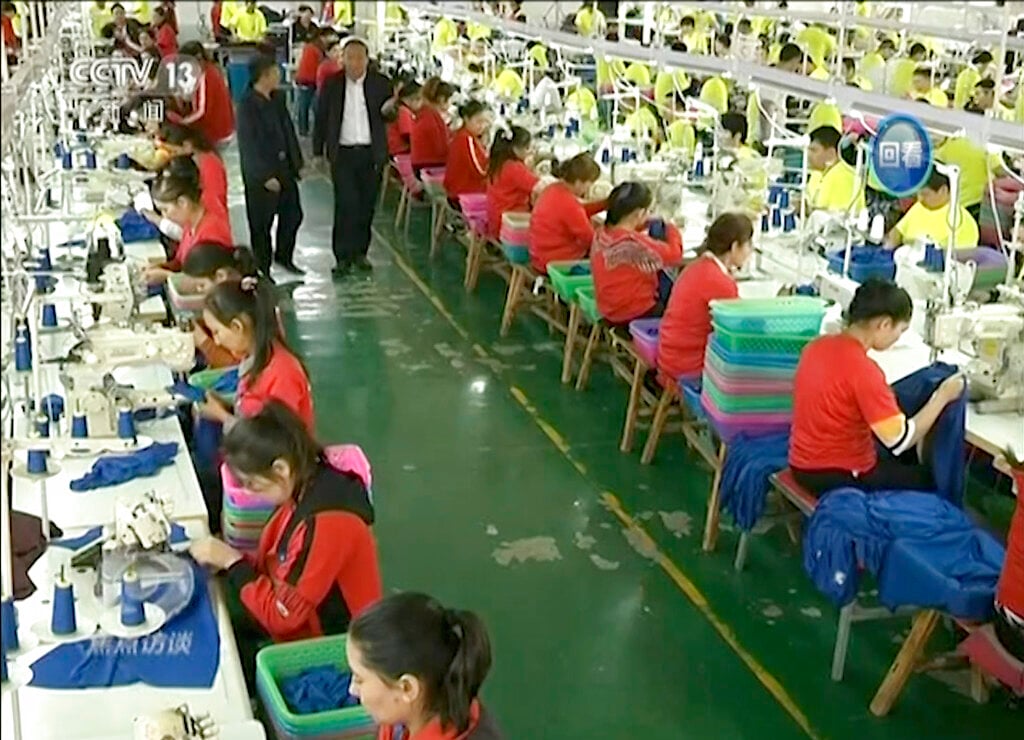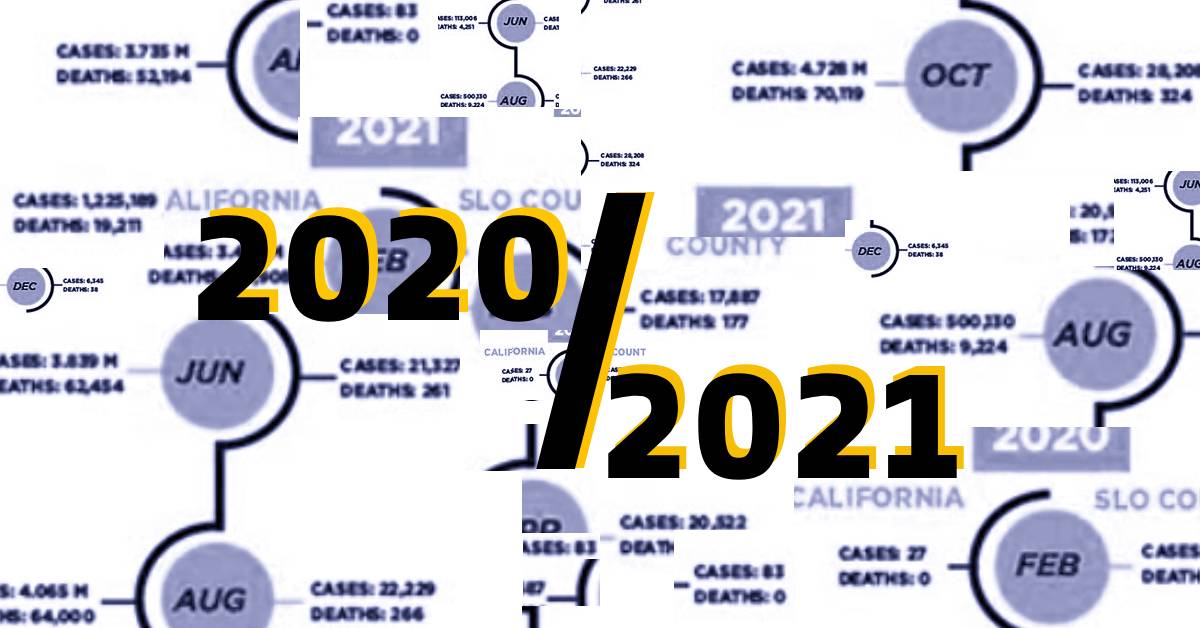Women Making Themselves Known in STEM Industries
[dropcap size=small]O[/dropcap]ver the past 100 or so years, women have taken a part in STEM fields; it goes back to Marie Sklodowska-Curie, the first female to win a Nobel Peace Prize, in 1903, and the first person to win the prize twice, in 1911, for her work in physics and chemistry. There’s also women like Priya Balasubramaniam, an engineer and now vice president of technologies and iPhone operations at Apple. Throughout the years, women have had to overcome struggles to get to the point where they are today.
The overall number of women earning bachelor degrees from all STEM fields in the United States is 35.1 percent with a slight decrease as higher degrees are earned with a master’s degree holding a 32.7 percent and a PhD being a 34.4 percent according to Women in Science, Technology, Engineering, and Mathematics (STEM) article from 2014. The highest section of STEM that women tend to get a degree from in the United States are the life sciences with a 59.0 percent. This percent of women earning degrees in all STEM fields in the United States is about twenty percent less than when it compares to other countries.
However, the same trend in the United States is reflected at PRHS where the science field has a much greater involvement of women earning the science cord than in the other fields. In 2017, there were 25 girls earned the science cord which resulted in 54 percent of females in the graduating class receiving the cord. This past year, in 2018, the graduating class earning the science cord was about 51 percent female — with 27 out of 53 students being female. The same underrepresentation in other STEM fields besides science reflected in the United States takes place at PRHS as well; for example, the engineering and robotics classes have a ratio of 101 boys to 24 girls. Another field is mathematics, as two years ago, in 2017, there were t en girls to receive a math cord and last year, in 2018, only five graduating girls received a math cord
en girls to receive a math cord and last year, in 2018, only five graduating girls received a math cord
When it comes to a global scale, women make up only 28.8 percent in the scientific research area as Women in Science, Technology, Engineering, and Mathematics (STEM) article stated in 2014. However, women across the world are starting to represent themselves more and add up in numbers. In 2015, women in the European Union represented 42.2 percent in the sciences, mathematics, and technological fields, and with a 20 percent increase of female scientist and engineers in the European Union since 2007. In India, 50.1 percent of undergraduate degrees are obtained by females. It’s similar for earning a degree for computers, as 47.7 percent are females.
“I think that there has been a stigma in the past against women in STEM fields, but I think through all the things women have accomplished in science and technology that the idea of women ‘not belonging’ in those fields is really changing. Their accomplishment is opening new doors for the next generation of female scientists and inspiring young girls who have that knack for math and science to simply go for it,” recent PRHS graduate Jadyn Steaffens said, who is pursuing a degree in environmental sciences.
These problems in society, including the gender wage gap and the opportunity to be given an education, are some factors that still affect women in STEM fields today: “I think it’s extremely unfortunate that there exists a gender wage gap in STEM fields because it tends to drive women away from their jobs that are already deemed by many to be men’s jobs,” Devin Hartley, a current senior at PRHS hoping to pursue science in college, stated. In the Girls’ Education- the facts by United Nations Educational, Scientific, and Cultural Organization, Somalia was on top of the list out of ten countries with 95 percent of the poorest females from the age of seven to sixteen not being given the chance to get an education based on data from 2013.
Once women do enter into STEM fields, the gender wage gap becomes another barrier for women to overcome; in the article Even in High-Paying in STEM Fields, Women are Shortchanged by the AAUW, data was collected proving that women are paid 87 percent of what males earn in the computer and mathematical fields. From the same article, the data revealed that women make 82 percent of what males make in the engineering field.
In dominantly male fields, STEM subjects may not seem as desirable to women, especially with the stigma against women in STEM areas. Women who go into subjects such as science and technology that have major achievements
 such as Katherine Johnson, who plotted out the course for early on major American space expeditions, can inspire young girls to dream of being an astronaut or marine biologist. The pathway for inspiring girls entering STEM fields continues at PRHS as Laura Santos, a senior, stated, “I’m planning to study applied physics. I want to become a scientist and help develop new technologies using science.”
such as Katherine Johnson, who plotted out the course for early on major American space expeditions, can inspire young girls to dream of being an astronaut or marine biologist. The pathway for inspiring girls entering STEM fields continues at PRHS as Laura Santos, a senior, stated, “I’m planning to study applied physics. I want to become a scientist and help develop new technologies using science.”
There isn’t just a lack of women in STEM fields, oftentimes they can be mistreated at work. Men have been seen being hostile towards women or find ways to isolate them. Women have been excluded from credits to developments in STEM fields and many have left their jobs because of the environment created by men in the workplace. It’s been proven in articles like Women in Science, Technology, Engineering, and Mathematics (STEM) from 2014 that the isolation and mainly male workplace can drive women out of the environment as about one third of women from China and the United States leave their jobs in STEM fields in about a year.
“Discrimination and sexual harassment are seen as more frequent, and gender is perceived as more of an impediment than an advantage to career success,” a 2018 study by Pew Research Center said.
With good reason some wome n don’t want to go into those fields, but they are necessary. Some great achievements have been made throughout the years by women, for example Anne Wojcicki, founder of 23andMe and Dr. Ellen Stofan, Chief Scientist at NASA. With the many accomplishments made by women over the years and the accomplishments yet to come, the need for women in STEM areas is a cry that should not be left unheard as Brooke Milder, a senior at PRHS planning to major in biology, stated, “STEM needs more women, and we are capable of doing great things and making great change in the field.”
n don’t want to go into those fields, but they are necessary. Some great achievements have been made throughout the years by women, for example Anne Wojcicki, founder of 23andMe and Dr. Ellen Stofan, Chief Scientist at NASA. With the many accomplishments made by women over the years and the accomplishments yet to come, the need for women in STEM areas is a cry that should not be left unheard as Brooke Milder, a senior at PRHS planning to major in biology, stated, “STEM needs more women, and we are capable of doing great things and making great change in the field.”







